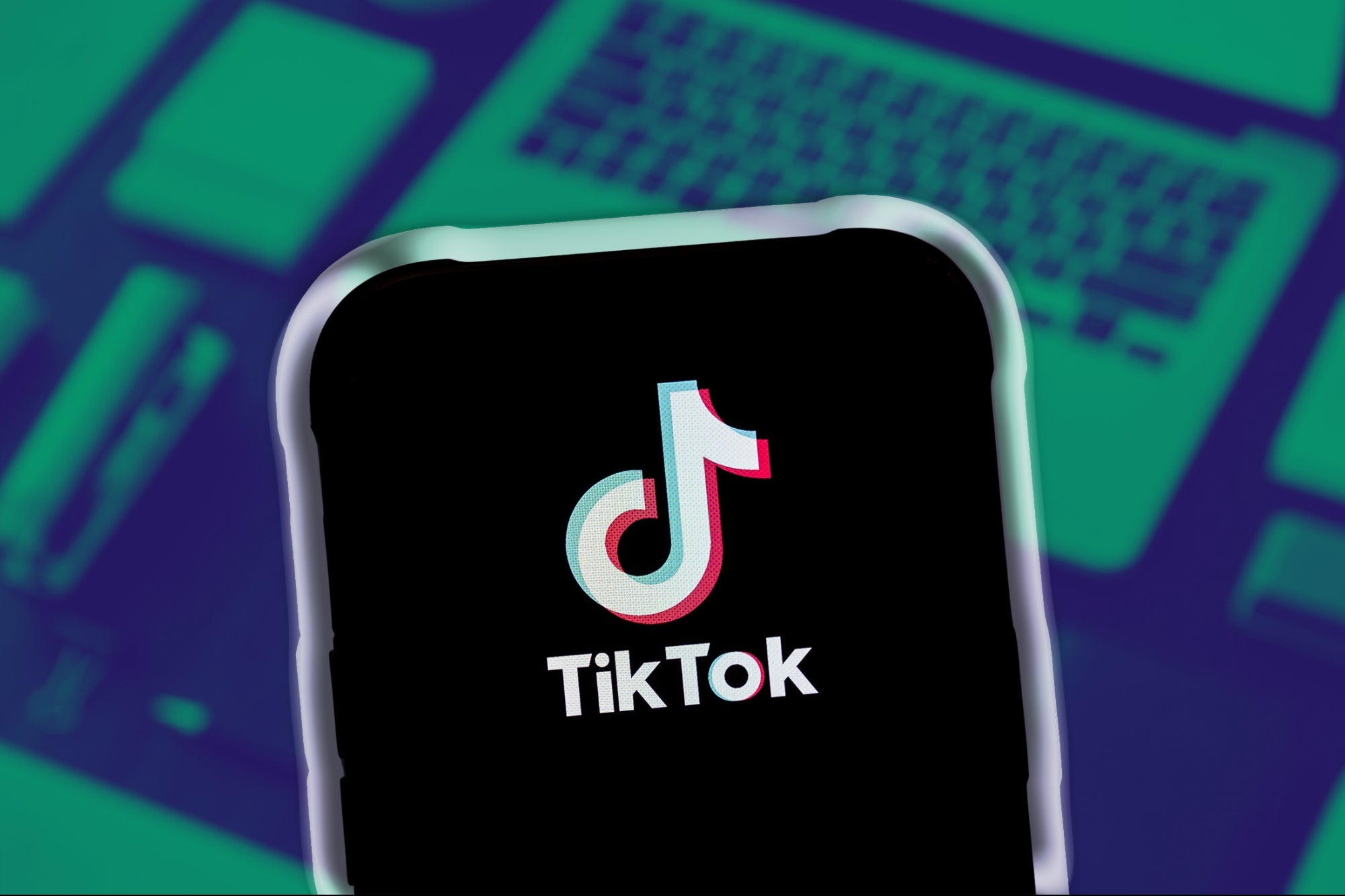Accelerating Online Shopping: 5 Strategies for E-Commerce Success in Europe If you're looking to improve your e-commerce conversion rate, here are five effective strategies to utilise.
By Dmytro Spilka Edited by Jason Fell
Opinions expressed by Entrepreneur contributors are their own.
You're reading Entrepreneur Europe, an international franchise of Entrepreneur Media.

The retail landscape has undergone a significant transformation since the pandemic. With more people shopping online than ever before, both buying habits and demands have changed drastically.
Online consumers are hyper-focused on instant gratification. They want a speedy journey from first impression to the checkout, as well as a customisable experience with the brand of their choice.
As e-commerce giants like Amazon and eBay dominate the field of potential, it's time for small-business owners to step up and accelerate their e-commerce revenue—especially right here in Europe.
As Amazon rakes in 3.6 million visitors per month, it's up to competing brands to prove to their target audience why they're the best fit.
If you're looking to improve your e-commerce conversion rate, you've come to the right place. Read on as we discuss how to tackle industry competition like a pro and reveal five fool-proof strategies every online store should adopt in 2023.
1. Learn from last year.
The best way to build on an e-commerce strategy is to pick apart your current one. Reviewing your past and present campaigns is a great way to see what is currently working and what areas of your online store need improvement.
Take a look at your historical engagement data and conversion metrics and start searching for potential patterns. You could delve into your paid ads and promotions and review the elements that encouraged engagement. Or, examine your success across a range of channels. Did your ads perform better on TikTok or Instagram? Where did your largest source of traffic come from?
Collating your historical data is essential if you want to build a strong foundation for success. If you identify current areas of weakness, you can focus on prioritising these rather than shooting in the dark with a completely fresh strategy.
Now it's time to set your key performance indicators, otherwise known as KPIs. With a detailed plan of the points, you need to work on, set achievable goals to reach as an e-commerce store. This could be anything from boosting revenue growth to improving customer retention. Creating and tracking KPIs help a team to stay on track while also providing business leaders with direct growth comparisons.
2. Segment your customer base.
The "one shoe fits all" approach is quickly becoming redundant in the e-commerce world. Consumers now crave personalisation. They demand customised offers and product-specific suggestions based on their own search and purchase history on your site.
In order to create targeted campaigns, you need to know as much as you can about your target audience. One way to do this is to segment your consumer base. Segmenting your traffic sources based on their location, purchase history, click habits, and personal traits is a great way to get closer to them. If your sort your leads into groups, you can create a number of different targeted campaigns rather than a blanket advertisement that only speaks to a few.
Using an analytic tool like Finteza, you can segment your traffic sources in real time in order to gain more insight into where your leads are coming from and what products and services they are most interested in.
In just one click, Finteza can create an analytical sample of your traffic based on 15 basic parameters ranging from page addresses and geolocation to events. Compiling your data into easy-to-read reports and funnels, you can quickly identify what areas of the site different groups engage with.
Saving up to 82% of your advertising budget, Finteza can help optimise the customer journey. Providing an in-depth analysis of your audience data, it can explore user behaviour across a range of sources and automatically pick out site weak zones marketers should work on.
According to Namogoo, segmenting your traffic into target groups can aid you in predicting future customer behaviour, which could help optimise the consumer journey in the future.
Better still, Finteza takes customer segmentation one step further. With the ability to analyse traffic sources via the device, you can also gain knowledge on how your consumers tap into your e-commerce website. Are they coming from a mobile or desktop? Gaining insight into device-led data can help influence your probity points when it comes to site UX.
If you're dealing with a smartphone-centric audience, could it be time to add more visual elements to your site? Or could a predominantly desktop-focused demographic encourage you to rethink your content structure and navigation process?
3. Customise your consumer's journey.
Once you've segmented your customer base, it's time to start customising each group campaign.
A whopping 91% of customers now require some form of personalisation in their online shopping experience. Whether this is a customised product suggestion or an exclusive offer, digital natives expect all aspects of an e-commerce business to be adaptable to their needs.
Fashion retailer, Bandier showcase a great example of personalisation on their e-commerce site. Displaying a popup of a visitor's previously viewed items when they return to the site, is a great way to initiate a quick sale.
4. Activate live chat.
Did you know that 69% of online shopping carts are abandoned at checkout? When a consumer has come so far, why would they drop off of the funnel at the last stage, you may ask? The answer here is a lack of communication.
This is often the case for first-time buyers in an online store. If a customer has a question about the product or purchase process that site content can't answer, 90% of the time, they will leave the store empty-handed rather than contact customer service.
However, online stores with a live chat function installed can replicate the experience a consumer would receive in a high-street retailer. Whether your chatroom is manually run or you choose to invest in generative AI, introducing a portal that can quickly answer consumer questions can speed up the conversion process.
You can use a live chat service to offer personalised promotions too. Just look at this example from Giosg. AI-generated live chats can detect when a user is browsing a site page. Why not encourage your leads to convert by offering them 20% off the product they're currently looking at?
5. Don't forget the post-purchase stage.
So many e-commerce competitors are only concerned with one thing, raking in conversions. However, did you know that over half of an online store's revenue can be attributed to just 8% of its loyal customers?
The post-purchase stage is where the true magic happens. If you push focus into your customer retention, you'll see a more impressive payoff than those who focus purple on first-time purchases.
One way to do this is to offer your loyal customers a reason to return. This could be in the form of personalised offers and emails or simply alerting them with a new product drop that they may be interested in.
Taking time to nurture your loyal consumers will also encourage new leads to check out your business. There is nothing more powerful than word-of-mouth marketing. If your repeat buyers are satisfied with your service, they are twice as likely to leave a positive review and tell their peers about your products.
As e-commerce competition continues to heat up, those who prioritise retention over acquisition will see a greater ROI. The key here is to know your consumers well, segment your traffic sources and provide a personalised experience like no other.













